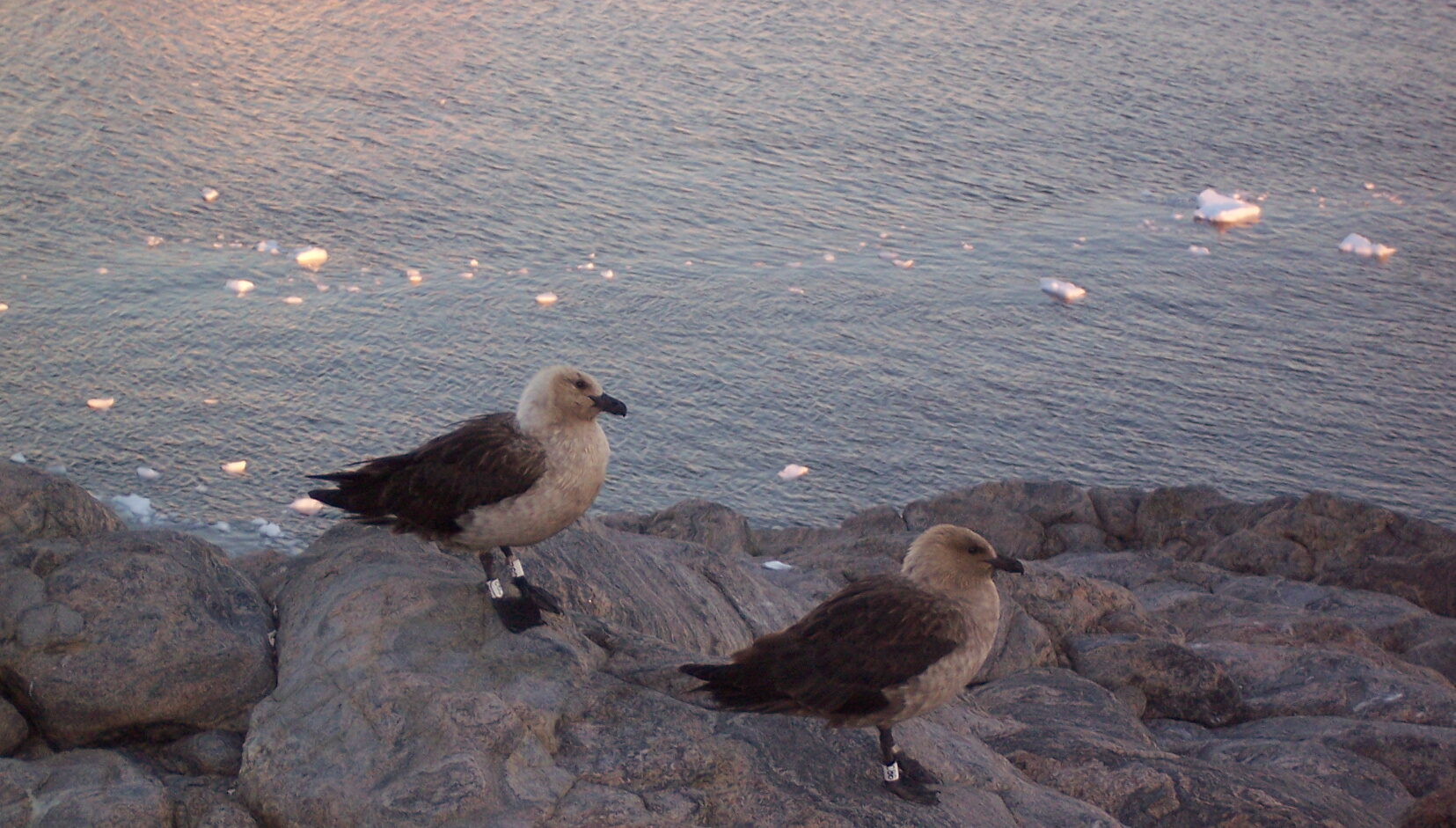The H5N1 virus continues its global spread, having recently been found for the first time ever in mainland Antarctica.
Avian flu reached the wider Antarctic region in October last year when it was reported on sub-Antarctic islands. Since 2021, highly pathogenic avian influenza (HPAI) has gone gangbusters and made its way to almost every continent, but has not yet been detected in New Zealand, Australia or the Pacific Islands.
The SMC asked experts to comment.
Associate Professor Michelle LaRue, School of Earth and Environment, University of Canterbury, comments:
“Researchers predicted the arrival of highly-pathogenic avian influenza (HPAI) this summer season in Antarctica, it was just a matter of when. So, seeing this news is not a surprise, though no less devastating to hear. Since we know HPAI can kill both birds and marine mammals, it is possible we may see catastrophic mortality events and devastation of Antarctic wildlife.”
Conflict of interest statement: “Not really a conflict, but of interest is that I am also the Chief Officer of the Expert Group on Birds and Marine Mammals within the Scientific Committee on Antarctic Research.”
Dr Mary van Andel, Chief Veterinary Officer, Ministry for Primary Industries, comments:
“The recent cases confirmed were from dead skuas found near the Argentine Antarctic base ‘Primavera’, in San Martin Land on the Antarctic Peninsula. Given how the disease has been moving southwards over the past year, this detection is not unexpected and does not significantly change the risk of HPAI arriving in New Zealand. HPAI has been spreading in the sub-Antarctic South Atlantic since October 2023, with suspected cases found on islands near the Antarctic Peninsula in recent weeks.
“We are actively monitoring disease spread, particularly towards the Ross Sea region. We have many systems in place to prevent HPAI entering New Zealand on those pathways that can be managed, and to ensure early detection if it does arrive. International experience has shown that a One Health approach to the current strain of HPAI is essential. We are working closely with the Department of Conservation and the Ministry of Health to jointly prepare for any detection of HPAI in New Zealand.”
No conflict of interest.
Bruce McKinlay, Technical Advisor – Ecology, Department of Conservation, comments:
“DOC and Biosecurity New Zealand are working together to continually monitor the situation here and overseas, and coordinate readiness, response, and communications.
“We don’t know exactly what impact HPAI would have on native species but it’s more likely to affect colony nesting birds such as red and black-billed gulls, gannets, terns and other seabirds or animals interacting with these birds, during times of close contact. Transmission of the virus through secretions and faeces is likely occur at this time. Also potentially at risk are non-breeding aggregations of waterbirds that congregate on wetlands or high tide roosts.
“DOC is developing plans to mitigate risks to threatened species should HPAI arrive in New Zealand including actions to enhance detection, reduce spread and protect threatened species.
“For a few species, vaccination might be an effective tool during outbreaks to protect a captive breeding population to prevent species extinction. It is not possible to vaccinate all our endangered birds, but we can focus on those species in captivity where the full two doses of vaccine can be given.
“We are currently undertaking a vaccination safety and efficacy trial for avian influenza for five critically endangered native species: kakī/black stilt, takahē, kākāpō, tūturuatu/shore plover and red-crowned kākāriki (as a surrogate species for kākāriki karaka/orange-fronted kākāriki).
“Once the trial is completed, we will have good evidence about how well the vaccine works and how much protection it might provide to these manu/birds. Vaccination would be used when bird flu has arrived to ensure the protection is recent and strong.”
Conflict of interest: None. Bruce notes that he is President of Birds NZ.
Professor Jemma Geoghegan, Virologist, University of Otago, comments:
“The discovery of birds infected with highly pathogenic avian influenza virus now on mainland Antarctica is alarming, but not all that surprising given how geographically widespread this virus has become globally. This finding demonstrates the ability of H5N1 to spread over long distances and highlights its potential to spread even further: up to New Zealand. Close monitoring of the virus is needed to detect it as it spreads into other species, as it has done so in other regions. Surveillance in New Zealand’s sub-Antarctic islands is now crucial for its early detection.”
No conflict of interest.
Nigel French, Distinguished Professor of Infectious Disease Epidemiology and Public Health, Massey University, comments:
“The virus is continuing to expand both its host range and geographical range. While this is some cause for concern, currently the risk is still very low due to the relative isolation of Aotearoa and the absence of certain risk factors, such as the presence of migratory waterfowl. Ongoing monitoring of the global situation, combined with surveillance for early detection and preventive measures (such as vaccination of endangered wildlife where possible), will all help to mitigate the threat to our at-risk populations.”
No conflict of interest.
